Resilience: A Sustainability Prerequisite?
Shuyu Jin ·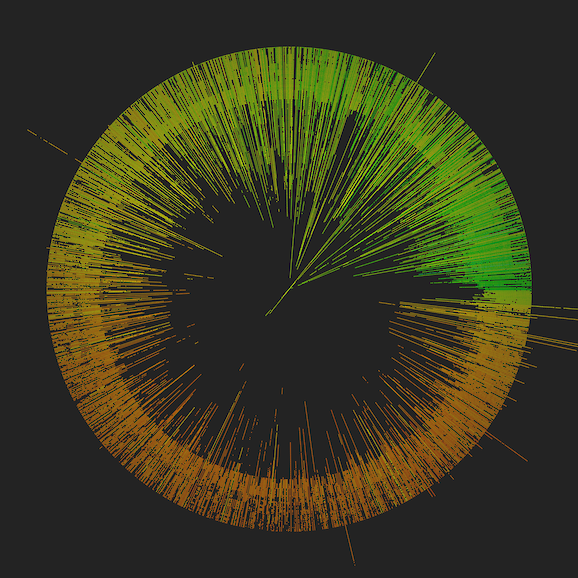
In the mid-twentieth century, the concept of sustainable development began to be widely proposed in reports, among which the Brundtland Report is a classic. It reflects on the long-term survival relationship between present and future generations, which can be expressed in the question of how to allocate finite resources to meet the needs of the present without harming the interests of the future. The aim is to achieve a state of harmony between humans and nature on a long timescale However, in recent years, with the immediate problems of frequent environmental damage and disasters, resilience has been advanced as the concept of the times. This concept examines systems through the prism of disaster, exploring their ability to resist disturbance in the short term and to return to sustainability after the disaster in the long term. It is conceived that the former is a prerequisite for the latter. In a globalized society, the relationship between the two and the benefits of combining them are now more critical than ever.
Before delving into the relationship, it is necessary to introduce the concept of a system since building resilience and achieving sustainability start with decisions about what we value about a system. One way that systems can be understood is as groups of relationships (Richard, 2018). For example, an ocean is a system of relationships between water and nutrient flows, animal and plant species, and resource exchanges. The relationships of a system are of paramount importance and must remain intact once the system’s state is disturbed; it also affects the system’s stability, which, in turn, depends on the resilience of the system.

"Sea Ice Patterns" by NASA Goddard Photo and Video is licensed under CC BY 2.0
Defining Resilience and Sustainability
The definition and classification of resilience are based on their characteristics and foci. Folke (2006) compared different types of resilience; for example, engineering resilience focuses on the time and efficiency of restoring a constant state; social-ecological resilience focuses on the interference between society and ecology and the adaptability of things within the system. The former is the recovery of a single field, while the latter is an integrated system or even a cross-scale interaction. Usually, an ecosystem or species can absorb disturbances in ecology while maintaining its primary function and structure or characteristics. In other words, a resilient system can adapt to change without losing the qualities that define what it is and what it does, which together constitute the system’s identity (Richard, 2018). However, as highlighted by Dr. Mitch Pavao-Zuckerman last week, resilience can also be negative. For example, a dictatorship can be resilient, which is bad for the people, and the capitalist system, upon which we have built our natural resource extraction, is very resilient and very bad for the planet.

In previous lectures, we learned that sustainability was first introduced in the field of forests, fisheries, and wildlife. The purpose was that the early warning should not exceed the maximum sustainable yield (Marten, 2010). After a series of developments in 1987, the Brundtland Report advocated “development that meets the needs of the present without compromising the ability of future generations to meet their own needs”. In this view, sustainability is a concept for discussions about how to formulate efficiency policies to coordinate resource tensions between present and future generations, which is the central objective of many global initiatives, most notably the United Nations’ Sustainable Development Goals.
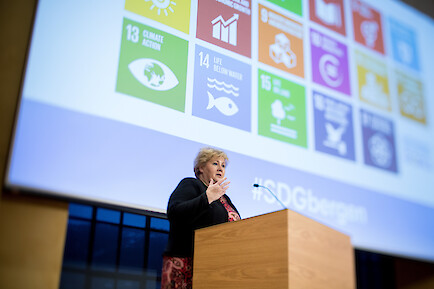
Clarifying the Relationships
Sustainability can be described as a condition in which humans do not degrade an ecosystem to the detriment of their long-term viability. Resilience, on the other hand, is adaptability in the face of disturbance. There is, however, no conflict or competition between the two concepts; rather, they support each other, as the primary factor in building positive resilience is sustainability (Richard, 2018). For example, reducing dependence on fossil fuels reduces future impacts on the climate and allows for the sustainable development of society. Furthermore, society will become more resilient because the economic consequences of oil, gas, and coal depletion—the boom-and-bust cycles increasingly evident in fossil fuel markets—will be mitigated.
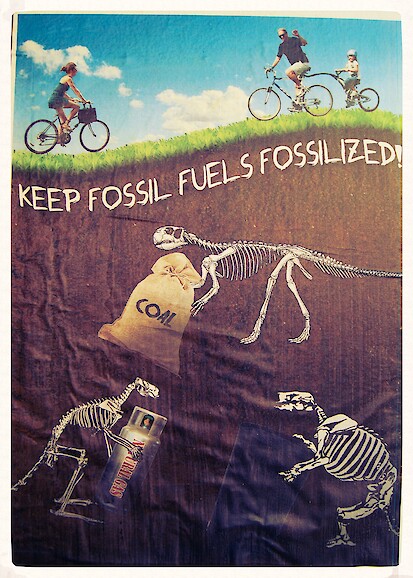
Since sustainability is not a stable state and nothing in nature remains constant, a sustainable society must adapt to new conditions, which means that resilience needs to be considered at all times. In general, resilience is a feature, while sustainability is a goal. They share many common elements, which are relevant to understanding system dynamics and building a stable social order. Therefore, improving positive resilience can be regarded as a prerequisite for achieving sustainability.
Ratchet, Hatchets, and Pivots
In a world where development is thorny and unpredictable, it is especially important to adopt a positive attitude toward the sustainable development of the natural ecological environment. At the same time, sustainable development must not become merely a slogan. Mainly, along with a great deal of discussion about resilience these days, it is geared toward the impacts of climate change. In the face of sluggish global action despite increasingly accurate and reliable scientific predictions, one might wonder whether it is still meaningful for scientists to constantly develop more precise model predictions.
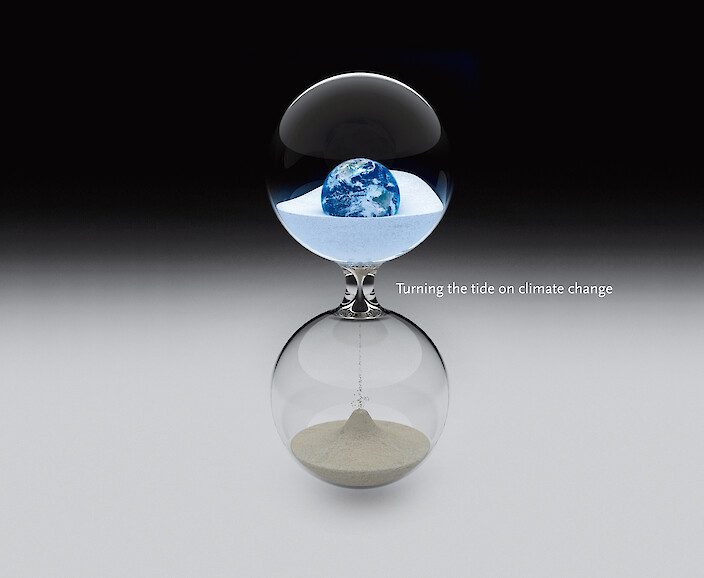
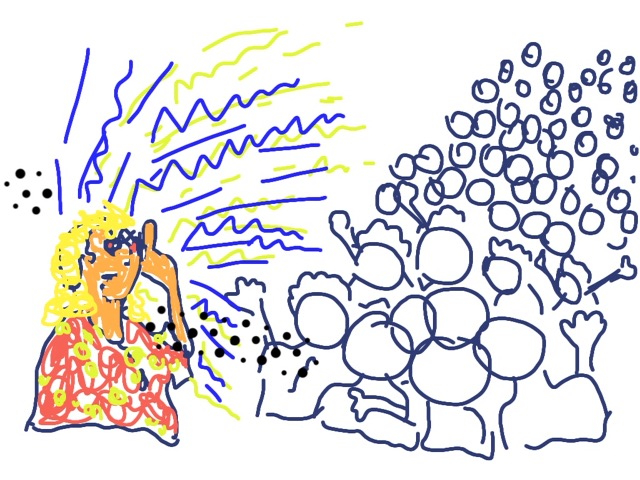
Overall, implementing the concept of sustainable development may be more critical, which requires highlighting the importance of community resilience construction. Building resilience at the community level makes practical sense because it is at this level where we most directly interact with the people and institutions that constitute our society. Meanwhile, everyone in a community is a stakeholder, and stakeholders need the opportunity to participate in and have responsibility for resilience-building (Richard, 2018).
Reference
1) Brundtland, G. H. (1987). Report of the World Commission on environment and development:" our common future.". UN.
2) Folke, C. (2006). Resilience: The emergence of a perspective for social-ecological systems analyses. Global environmental change, 16(3), 253-267.
3) Marten, G. G. (2010). Human ecology: Basic concepts for sustainable development. Routledge.
4) Richard Heinberg. (2018). Post Carbon Institute. Think Resilience. https://www.resilience.org/think-resilience/ (accessed 11/6/2021)
5) Richard Heinberg. (2018). Post Carbon Institute. The Big Picture - Resilience. https://www.resilience.org/stories/2018-12-17/the-big-picture/ (accessed 11/7/2021)
About the author
Shuyu Jin

Shuyu Jin is a first-year PhD student at the University of Maryland, College Park. Shuyu is interested in advancing her research in socio-environmental systems, particularly around community resilience efforts.
Next Post > My Introduction to Chesapeake Bay
Comments
-
Nicole 4 years ago
Shuyu!
This is a great synthesis of our readings and discussion during class. You are very succinct and serious about a topic that deserves serious treatment. Going off of your comment on community centered involvement, I feel that shrinking how we think our movement forward into a stable, more realizable future to the community scale is bound to be a successful and likely switch in the future, exempting larger issues such as nationwide fossil fuel dependency, which is more of a larger government issue. You have a wonderful brain, and I know you will be one of the people to help get us on better footing for the coming future. Great photos too!
Best,
Nicole
-
Nick 4 years ago
Shuyu,
Awesome job on this weeks blog!! I particularly like your graphic that said " keep fossil fuels fossilized". As we hope to move towards a more sustainable society, we look to find alternative energy sources that don't have a negative effect on socio-ecological systems.
-
Jana Hana Kopelent-Rehak 4 years ago
Thank you Shuyu,
Your blog reminded me how critical we see sustainability and resources in light of a cultural construct. I just saw this Sunday document about future planning for new resources, namely the need for the lithium in future. One place in the US, that is rich in lithium is South Dacota, which is the native land. While this may be a great idea for a "western" solution to eliminate oil use, it will become a hugely controversial issue, once again, for native Americans who do not desire to disrupt the earth at all. It is just mather of time, they will be offered money to let this plan move forward. And so from a social science point, the major question is: How can/will be future sustainability established for all? -
Bill Dennison 4 years ago
Shuyu, I appreciate that you linked our discussion and readings on socio-environmental resilience last week to the discussion and readings about sustainability that we had earlier in the semester. You captured the wonderfully simple insight we gained from Mitch Pavao-Zuckerman about how Sustainability is a goal, but Resilience is a property of the system. This was a light bulb moment for me. I also appreciate your selection of arresting and iconic images to further illustrate your blog. Well done.
-
Barry Bowman 4 years ago
Shuyu,
This is a wonderful synopsis of our readings and discussion! I wasn't exactly sure what Dr. Pavao-Zuckerman had meant by "negative resilience," but your examples of a dictatorship or of capitalist economy were very helpful. I definitely agree that the way the economy is structured will not last with the existing cycle of "boom-&-bust." If we want a long-lasting society, we will need to adopt sustainable practices, not just for the environment, but to protect personal health and provide the necessary resources as well.
I feel that whenever someone brings up "sustainability," people often assume they are just an activist, only concerned with the environment. It may be hard to transition away from this assumption, but suggesting "resilient communities" may be more acceptable in conversations with stakeholders.
Barry -
Yanyu Wang 4 years ago
Hi Shuyu,
Thanks for your great blog. It is interesting and enlightening to synthesize the sustainability and resilience concepts and their potential relationship. I like the way you put in the end regarding the improvement of community resilience, but do you see any specific ways to help construct this community resilience? Since different communities also face different challenges regarding the resilience and sustainability, so how improvements of resilience will differ among different communities? -
Matt Kusche 4 years ago
Shuyu,
I really loved your blog and how you went above and beyond and connected it with the sustainability lesson we had earlier on. I think your take on resilience is a thought provoking one and one that deserves much attention. I for one am in favor of the idea that sustainability should be linked into the resiliency discussion as it will allow for a better overall resiliency in the community. I really enjoyed your images that you chose as well as I think they did a great job of conveying important messages throughout your blog. Great job!
-
Imani 4 years ago
Shuyu,
I really like your style of writing! Agree that we must start at the community level and value those perspectives & feedback more than we do now. As you said, start there allows us to directly interact and communicate with members of those communities which allows us to make sure their environmental and social concerns are intertwined into our solutions so we can have impactful change. Thank you for your insightful blog and thoughts!

